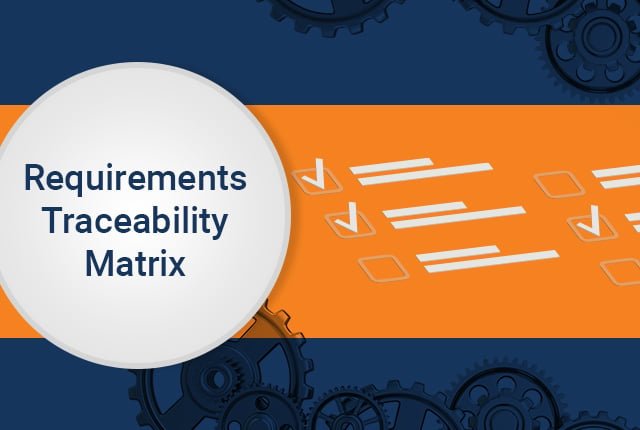Requirements Traceability Matrix (RTM) is a document which is used for the following:
- Capturing all the requirements in a single document
- Mapping requirements with the test cases and ensure coverage in the testing phase
- It helps to link the test cases and defects accurately
- It also ensures complete test coverage
- It is usually in a tabular format as it holds multiple relationships between requirements and test cases.
The most important benefit of the RTM is that it contains all the requirements with all possible test scenarios and cases, and it also keeps track of the current status of the test cases i.e. Pass, Fail, or blocked. This helps testers understand the level of testing performed for a particular feature or the product as a whole
A simple Requirement Traceability Matrix can be created by using simple fields such as Ticket Id of the requirements, description of the feature that is being developed in the ticket, test cases and test case statuses.
There are 3 different types of Requirements Traceability Matrix
- Forward Traceability: This document is used to map requirements to the test cases and helps you ensure that your project is moving in the right direction
- Backward Traceability: When you map your test cases with their requirements, you will be creating a Backward Traceability Matrix. Its main purpose is to ensure that the current product being developed is on the right track
- Bidirectional Traceability: This allows teams to map the requirements to test cases for forwarding traceability and test cases for backward traceability in a single document. This document will help to ensure that all the specified requirements have corresponding test cases.


Post a Comment